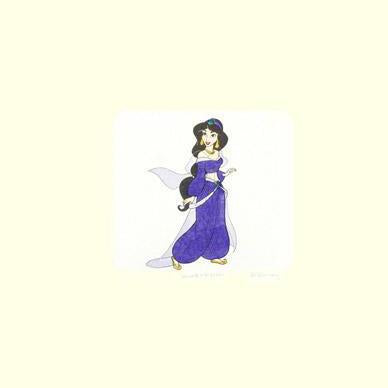120 products
-
Bam Bam - Limited Edition Etching with Hand Tinted Coloring on Paper by Hanna-Barbera
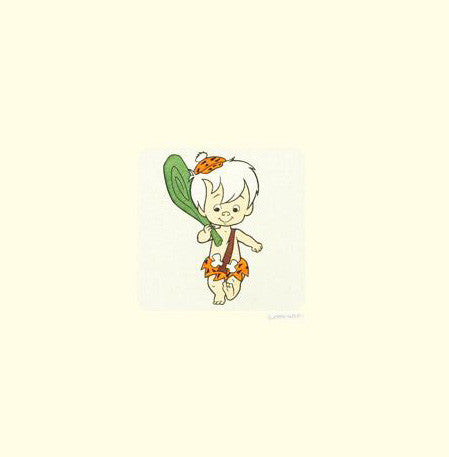
 Vendor:Bam Bam - Limited Edition Etching with Hand Tinted Coloring on Paper by Hanna-BarberaArt Deals
Vendor:Bam Bam - Limited Edition Etching with Hand Tinted Coloring on Paper by Hanna-BarberaArt Deals- Regular price
-
$ 25.00 - Regular price
-
$ 50.00 - Sale price
-
$ 25.00
Quick view
-
Barney Rubble - Limited Edition Etching with Hand Tinted Coloring on Paper by Hanna-Barbera
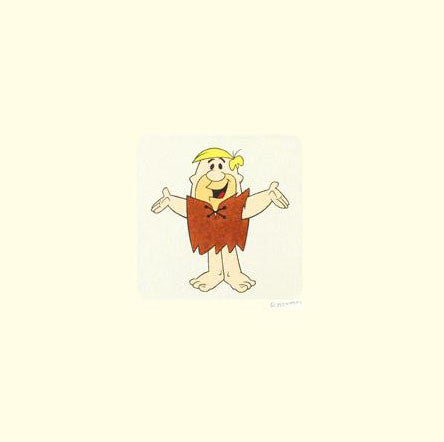
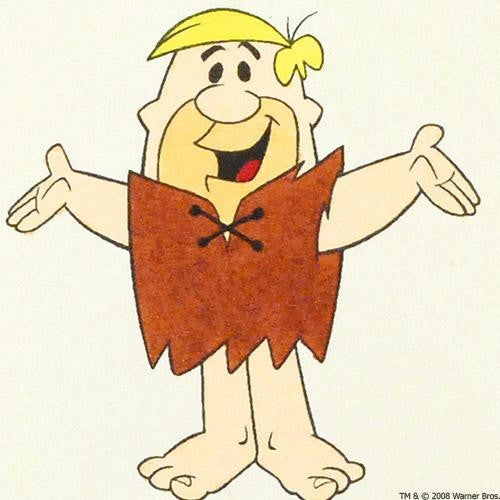 Vendor:Barney Rubble - Limited Edition Etching with Hand Tinted Coloring on Paper by Hanna-BarberaArt Deals
Vendor:Barney Rubble - Limited Edition Etching with Hand Tinted Coloring on Paper by Hanna-BarberaArt Deals- Regular price
-
$ 25.00 - Regular price
-
$ 50.00 - Sale price
-
$ 25.00
Quick view
-
Barney Rubble - Limited Edition Etching with Hand Tinted Coloring on Paper by Hanna-Barbera

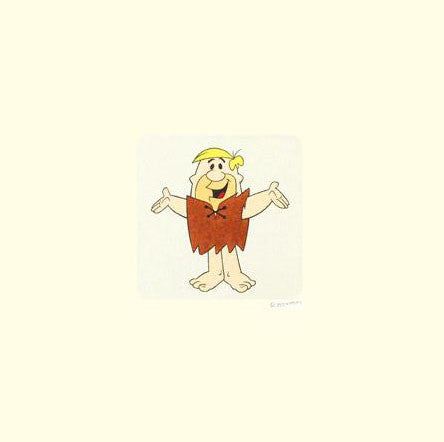 Vendor:Barney Rubble - Limited Edition Etching with Hand Tinted Coloring on Paper by Hanna-BarberaArt Deals
Vendor:Barney Rubble - Limited Edition Etching with Hand Tinted Coloring on Paper by Hanna-BarberaArt Deals- Regular price
-
$ 50.00 - Regular price
-
$ 100.00 - Sale price
-
$ 50.00
Quick view
-
Barney Rubble - Limited Edition Etching with Hand Tinted Coloring on Paper by Hanna-Barbera
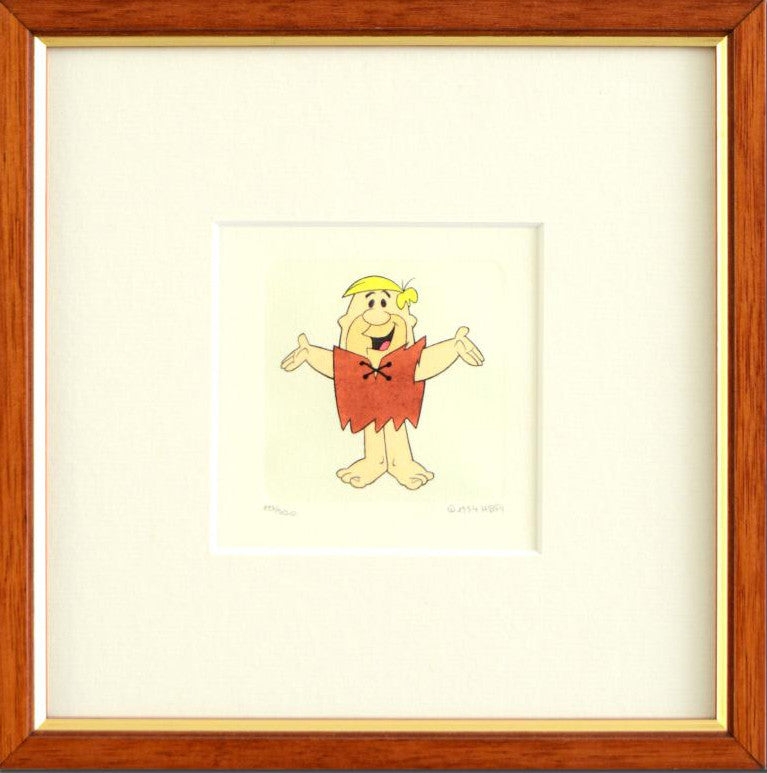
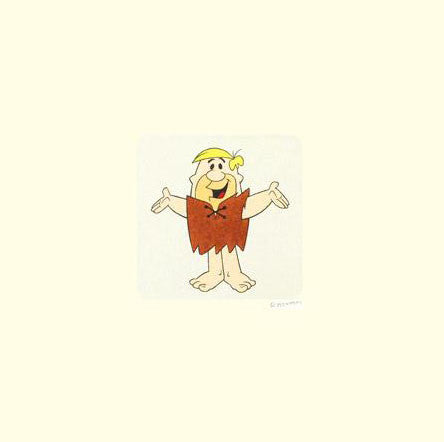 Vendor:Barney Rubble - Limited Edition Etching with Hand Tinted Coloring on Paper by Hanna-BarberaArt Deals
Vendor:Barney Rubble - Limited Edition Etching with Hand Tinted Coloring on Paper by Hanna-BarberaArt Deals- Regular price
-
$ 50.00 - Regular price
-
$ 100.00 - Sale price
-
$ 50.00
Quick view
-
Betty Rubble - Limited Edition Etching on Paper with Hand Tinted Coloring by Hanna Barbera
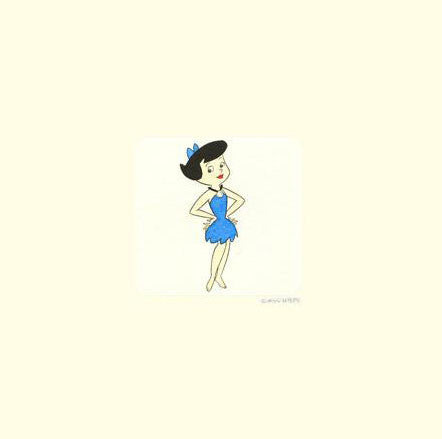
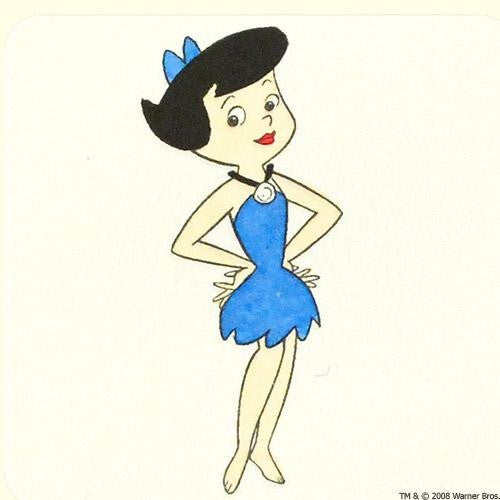 Vendor:Betty Rubble - Limited Edition Etching on Paper with Hand Tinted Coloring by Hanna BarberaArt Deals
Vendor:Betty Rubble - Limited Edition Etching on Paper with Hand Tinted Coloring by Hanna BarberaArt Deals- Regular price
-
$ 25.00 - Regular price
-
$ 50.00 - Sale price
-
$ 25.00
Quick view
-
Betty Rubble - Limited Edition Etching on Paper with Hand Tinted Coloring by Hanna-Barbera
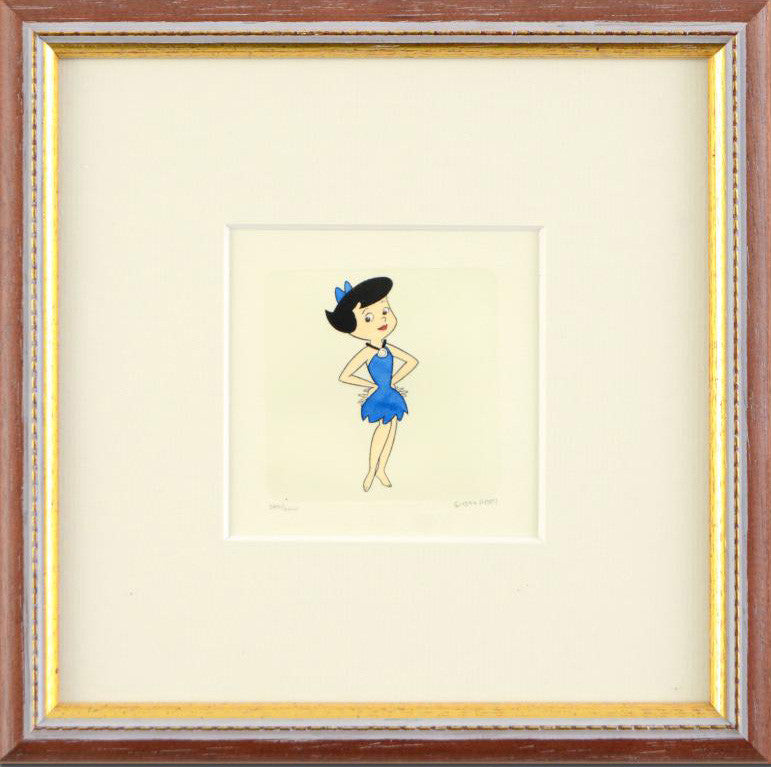
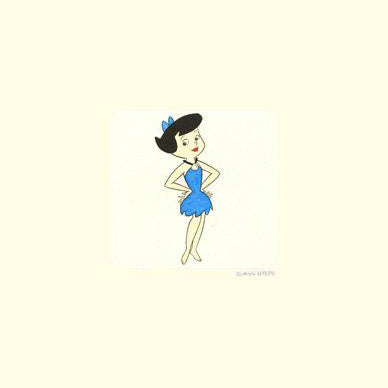 Vendor:Betty Rubble - Limited Edition Etching on Paper with Hand Tinted Coloring by Hanna-BarberaArt Deals
Vendor:Betty Rubble - Limited Edition Etching on Paper with Hand Tinted Coloring by Hanna-BarberaArt Deals- Regular price
-
$ 50.00 - Regular price
-
$ 100.00 - Sale price
-
$ 50.00
Quick view
-
Bugs Bunny - Limited Edition Etching on Paper with Hand Tinted Coloring by Warner Bros. Framed
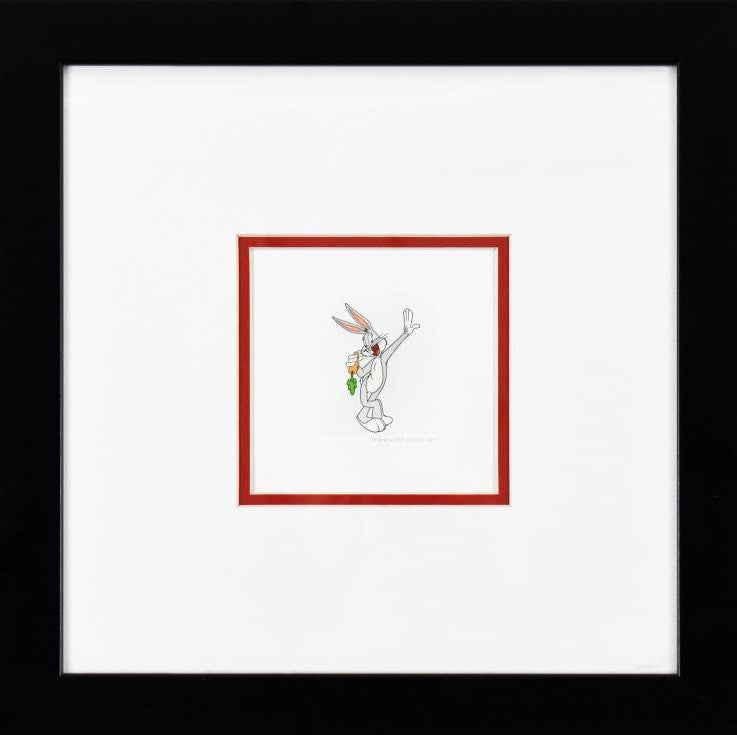
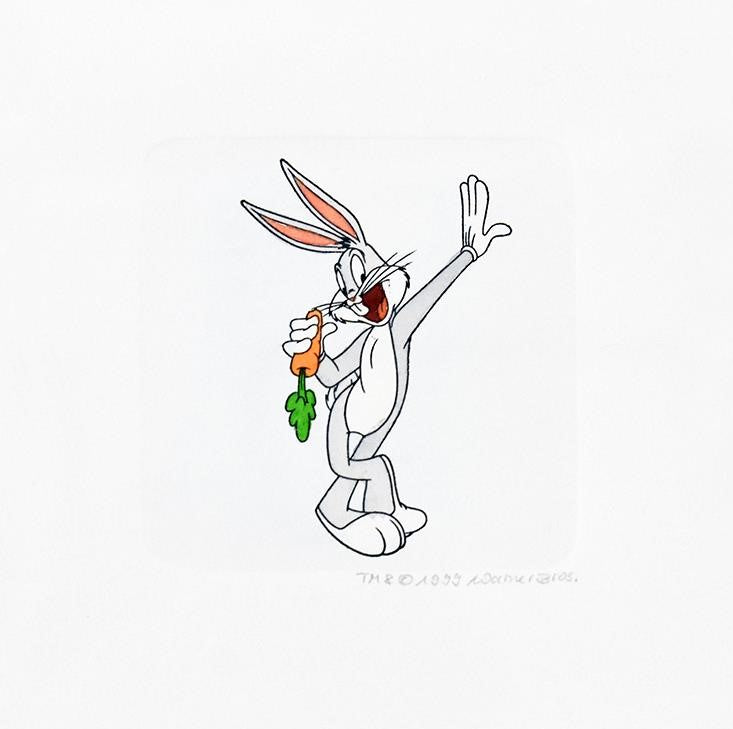 Vendor:Bugs Bunny - Limited Edition Etching on Paper with Hand Tinted Coloring by Warner Bros. FramedArt Deals
Vendor:Bugs Bunny - Limited Edition Etching on Paper with Hand Tinted Coloring by Warner Bros. FramedArt Deals- Regular price
-
$ 125.00 - Regular price
-
$ 250.00 - Sale price
-
$ 125.00
Quick view
-
Daffy Duck - Limited Edition Etching on Paper with Hand Tinted Coloring by Warner Bros.
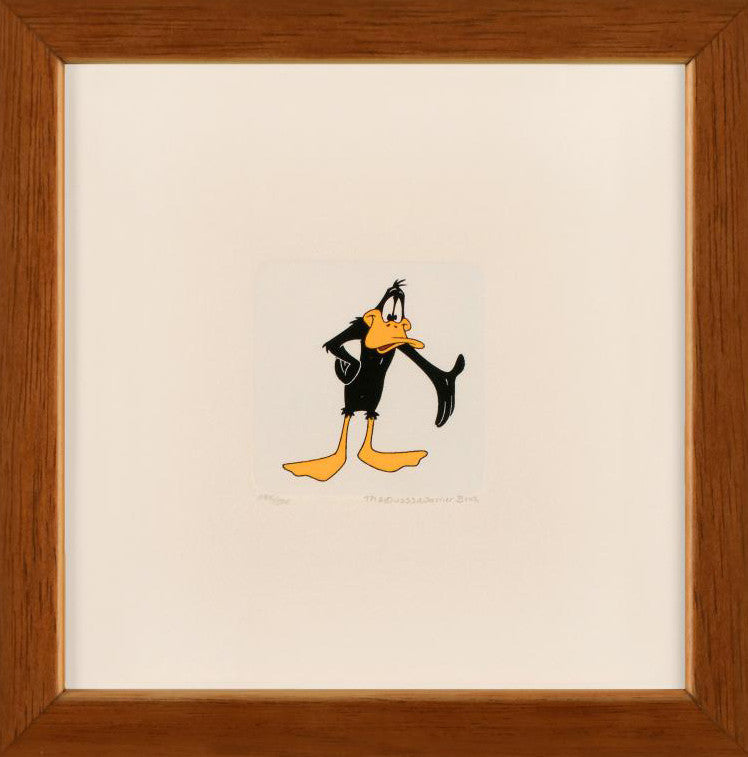
 Vendor:Daffy Duck - Limited Edition Etching on Paper with Hand Tinted Coloring by Warner Bros.Art Deals
Vendor:Daffy Duck - Limited Edition Etching on Paper with Hand Tinted Coloring by Warner Bros.Art Deals- Regular price
-
$ 50.00 - Regular price
-
$ 100.00 - Sale price
-
$ 50.00
Quick view
-
Daffy Duck - Limited Edition Etching on Paper with Hand Tinted Coloring by Warner Bros.
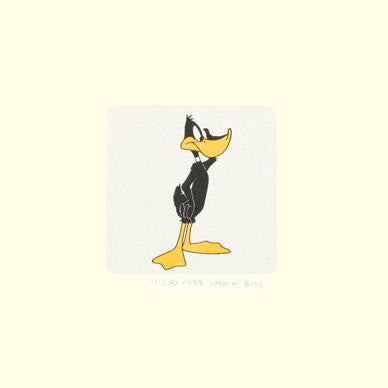
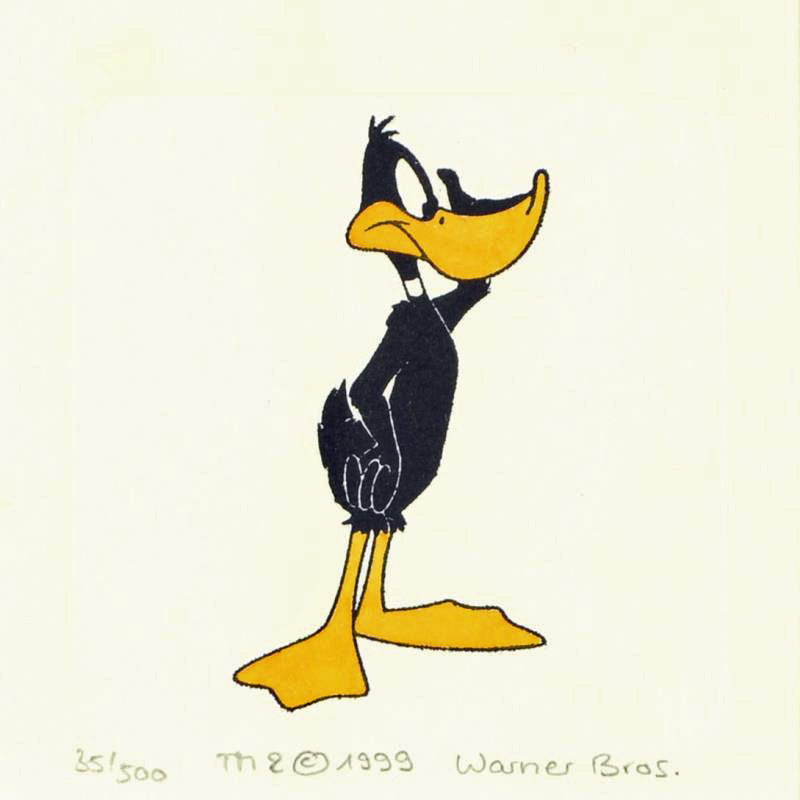 Vendor:Daffy Duck - Limited Edition Etching on Paper with Hand Tinted Coloring by Warner Bros.Art Deals
Vendor:Daffy Duck - Limited Edition Etching on Paper with Hand Tinted Coloring by Warner Bros.Art Deals- Regular price
-
$ 25.00 - Regular price
-
$ 50.00 - Sale price
-
$ 25.00
Quick view
-
Daffy Duck - Limited Edition Etching on Paper with Hand Tinted Coloring by Warner Bros.
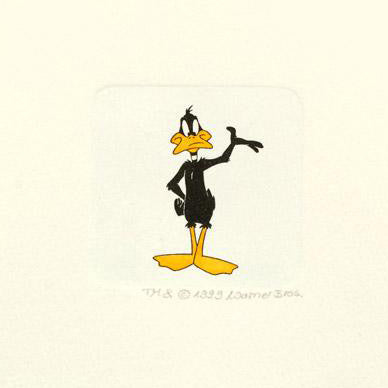
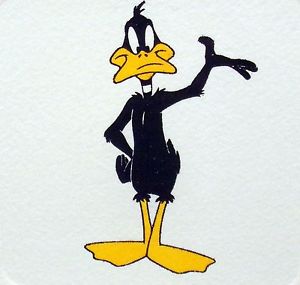 Vendor:Daffy Duck - Limited Edition Etching on Paper with Hand Tinted Coloring by Warner Bros.Art Deals
Vendor:Daffy Duck - Limited Edition Etching on Paper with Hand Tinted Coloring by Warner Bros.Art Deals- Regular price
-
$ 25.00 - Regular price
-
$ 50.00 - Sale price
-
$ 25.00
Quick view
-
Daffy Duck - Limited Edition Etching on Paper with Hand Tinted Coloring by Warner Bros.
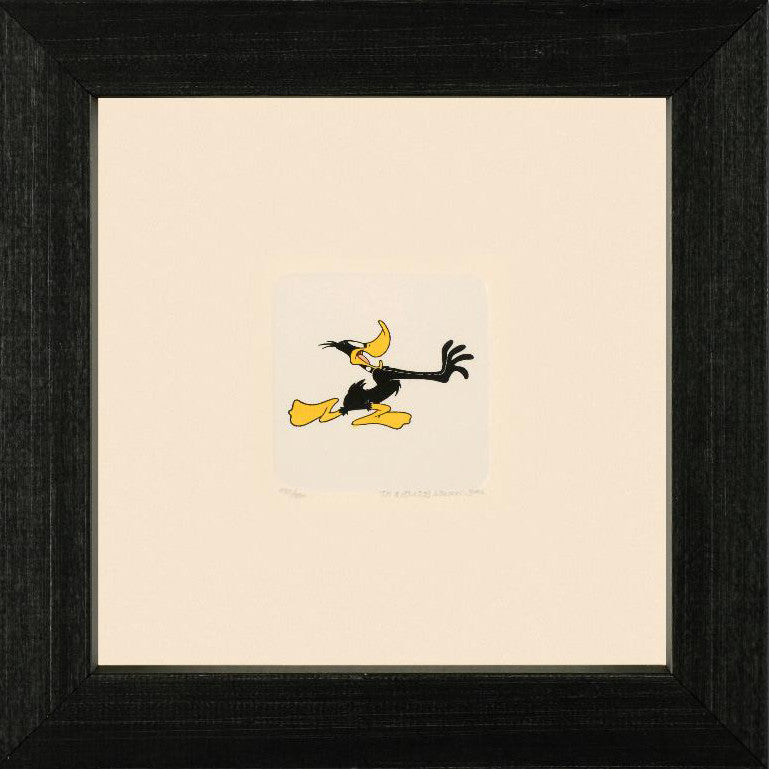
 Vendor:Daffy Duck - Limited Edition Etching on Paper with Hand Tinted Coloring by Warner Bros.Art Deals
Vendor:Daffy Duck - Limited Edition Etching on Paper with Hand Tinted Coloring by Warner Bros.Art Deals- Regular price
-
$ 50.00 - Regular price
-
$ 100.00 - Sale price
-
$ 50.00
Quick view
-
Daffy Duck - Limited Edition Etching on Paper with Hand Tinted Coloring by Warner Bros.
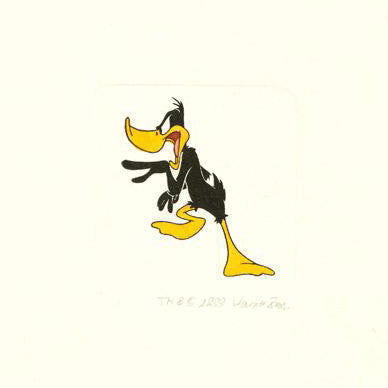
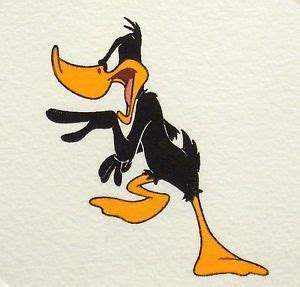 Vendor:Daffy Duck - Limited Edition Etching on Paper with Hand Tinted Coloring by Warner Bros.Art Deals
Vendor:Daffy Duck - Limited Edition Etching on Paper with Hand Tinted Coloring by Warner Bros.Art Deals- Regular price
-
$ 25.00 - Regular price
-
$ 50.00 - Sale price
-
$ 25.00
Quick view
More to Discover
-
Site-wide promotion
Button labelUse this section to promote content throughout every page of your site. Add images for further impact.
-
Site-wide promotion
Button labelUse this section to promote content throughout every page of your site. Add images for further impact.


